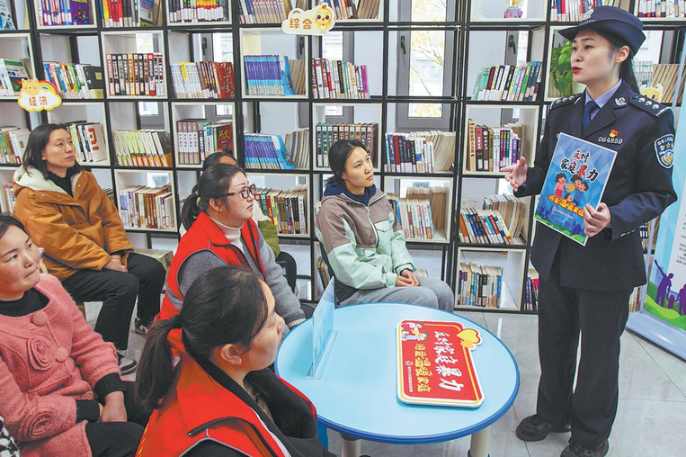Craftsman's diligent undertaking shows character
By ZHENG CAIXIONG in Guangzhou | CHINA DAILY | Updated: 2023-08-10 08:16

"I think it is the most valuable Chinese cultural treasure that is worth promoting," he says.
"At the beginning, I carved representative inscriptions from oracle bones, and they mainly involve the weather, agricultural production, daily life and war during the Shang Dynasty (c.16th century-11th century BC)," he says.
"These pictographic characters have evolved into modern Chinese characters over the course of history," says Liu.
"Meanwhile, oracle bone inscriptions are a treasure of our nation and should be disseminated to the rest of the world to enable the essence of Chinese characters and their culture be known by more people," he says.
Liu says he wants to promote ancient Chinese culture abroad in the months to come, and promoting oracle bone inscriptions is something he will be committed to for the next few years.
According to Liu, he is now seeking to expand cooperation with some commercial organizations and companies to promote his work and the culture of ancient Chinese characters.
Liu says he has paid a considerable price for studying and carving oracle bone inscriptions in recent years.
"I have to admit money is a big problem," he says.
Due to the long-term absences from work to carve, Liu says he voluntarily resigned from his job at a State-owned enterprise in Guangzhou several years ago, losing all his income.
"The rent for the studio and cold storage, as well as the cost of purchasing materials, was very expensive, and I had to finally sell my own house," he says.
Liu says he has not purchased jewelry for his wife, or traveled with his family for many years to save money to continue his oracle bone carving and promotion.
"Fortunately, my wife and family members are tolerant and supportive of my work," he says.
And now, Liu's nephew, who is studying design at university, has also come to his studio to assist.
According to Liu, the main material used for oracle bone inscriptions is the scapula of an ox. And the scapulae used to carve inscriptions have unique requirements.
For this reason, Liu has visited many slaughterhouses across the country to find a stable supply of bones. He also rents a cold storage facility near his studio to store unprocessed bones.
Liu has been passionate about traditional calligraphy since childhood. He says he plans to publish a special book to promote oracle bone inscriptions in the second half of the year.
zhengcaixiong@chinadaily.com.cn
























